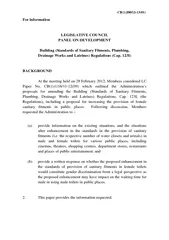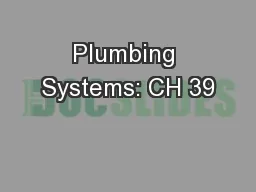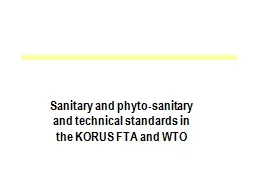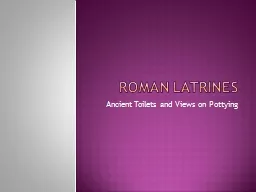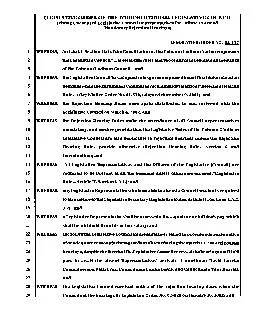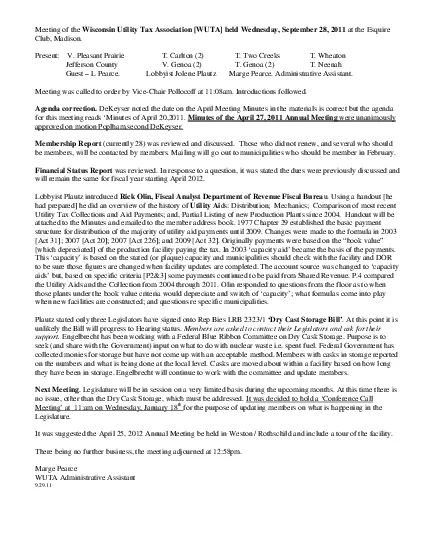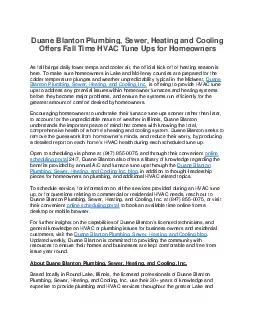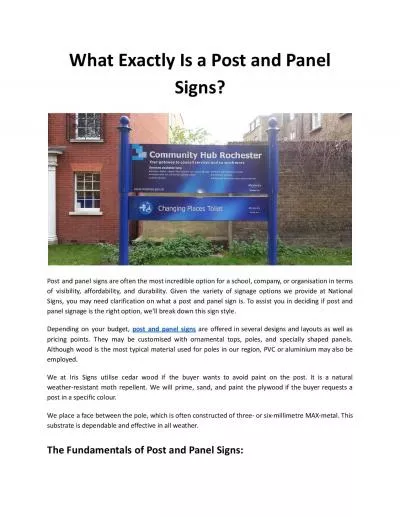PDF-For information LEGISLATIVE COUNCIL PANEL ON DEVELOPMENT Building (Standards of Sanitary
Author : conchita-marotz | Published Date : 2015-07-21
2 COMPARISON OF PROVISION OF MALE AND FEMALE SANITARY FITMENTS UNDER EXISTING AND PROPOSED STANDARDS 3 Under the Regulations the provision of male and female sanitary
Presentation Embed Code
Download Presentation
Download Presentation The PPT/PDF document "For information LEGISLATIVE COUNCIL PAN..." is the property of its rightful owner. Permission is granted to download and print the materials on this website for personal, non-commercial use only, and to display it on your personal computer provided you do not modify the materials and that you retain all copyright notices contained in the materials. By downloading content from our website, you accept the terms of this agreement.
For information LEGISLATIVE COUNCIL PANEL ON DEVELOPMENT Building (Standards of Sanitary: Transcript
Download Rules Of Document
"For information LEGISLATIVE COUNCIL PANEL ON DEVELOPMENT Building (Standards of Sanitary"The content belongs to its owner. You may download and print it for personal use, without modification, and keep all copyright notices. By downloading, you agree to these terms.
Related Documents

